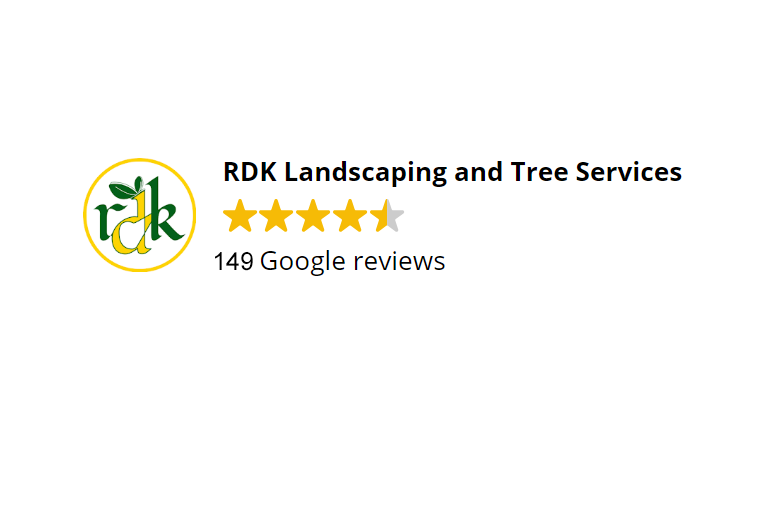Your lawn requires sunlight, food, and water to survive, just like all other living things. The ideal time of day to water your lawn remains the same, despite the fact that factors like climate and soil conditions may lead to fluctuations in the frequency and amount of water that is required. The landscaping professionals at RDK LANDSCAPING have provided some useful advice for maintaining the best-looking grass.
What is the Best Time to Water Your Lawn?
Aside from making sure your lawn obtains a sufficient amount of water, it’s crucial to water at the right time of day to maximize absorption and lessen the risk of illness or infestation. For optimal results, water your grass in the morning, before the temperature rises or the wind picks up. Choose to finish watering by 10 a.m. to give the water enough time to reach the soil before it evaporates.
If you must water later in the day, pick a period between four and six p.m. to give the turf time to dry before nightfall, when the lack of sunlight and lower temperatures can cause a lawn that is wet for 12 to 15 hours, contributing to to fungal or bacterial problems.
How Long Should You Water Your Lawn?
When it’s warmer outside, aim for two to three watering sessions per week, or an average of an inch of water each week. A half-inch of water is delivered in about 30 minutes under typical circumstances. Providing water gradually and steadily promotes optimum ventilation and drainage while allowing the water to penetrate the root system deeply.
Watering Requirements for Different Lawn Types
The appropriate time to water different lawn varieties depends on a variety of variables, including the season, the type of grass, and the climate zone you live in. For optimum outcomes, adhere to the following rules:
Warm-Season Grasses
Warm-season grasses, which include species like Zoysia, Bermuda, and St. Augustine, flourish in environments where the annual average high temperature is 80 degrees or higher. Remember that warm-season grasses could need less water than their cold-season counterparts as you keep continuously watering as long as the grass is growing and demands routine mowing.
Cool-Season Grasses
With active development far into the fall season, cool-season grasses including Kentucky bluegrass, fescues, and ryegrass are best found in northern regions. Maintain a weekly water supply of between one and one and a half inches up to the first frost, even though evaporation rates may drop in cooler weather.
Lawn Watering Tips
- 1. Avoid overwatering – To build a robust root system that will destroy the weeds and fungi, let the lawn dry out between waterings.
- 2. Lift the height of your mower – For a canopy of shade to cover the grass’s base during times of extreme heat or drought, cut higher during those times.
- 3. Add exclusions – Keep a constant eye on the moisture levels around huge trees, where the need for water may be greater. Water-sloped areas more gradually to give the soil time to absorb the water properly.
- 4. Examine the soil – When watering for the first time, inspect the soil with a screwdriver to see how long it takes for the water to penetrate six inches deep. Then, adjust your sprinkler system accordingly.
Your outside space can be made even more beautiful and useful with a well-maintained deck. Get in touch with the professionals at RDK Hardscaping right away if your deck needs a new coat of paint or stain. Call RDK LANDSCAPING or visit online for a free estimate for commercial or residential landscape services for all your landscape requirements, including lawn care and maintenance.
Our Services
Latest Posts
- Winter Prep: How to Prepare Your Property for Snow Removal
- The Importance of Professional Tree Pruning: Benefits for Health and Safety
- Winter Prep: How to Prepare Your Property for Snow Removal
- The Ultimate Guide to Snow Plowing: Tips and Tricks for Effective Winter Maintenance
- DIY Snow Plowing: How to Successfully Tackle Winter Weather on Your Own







